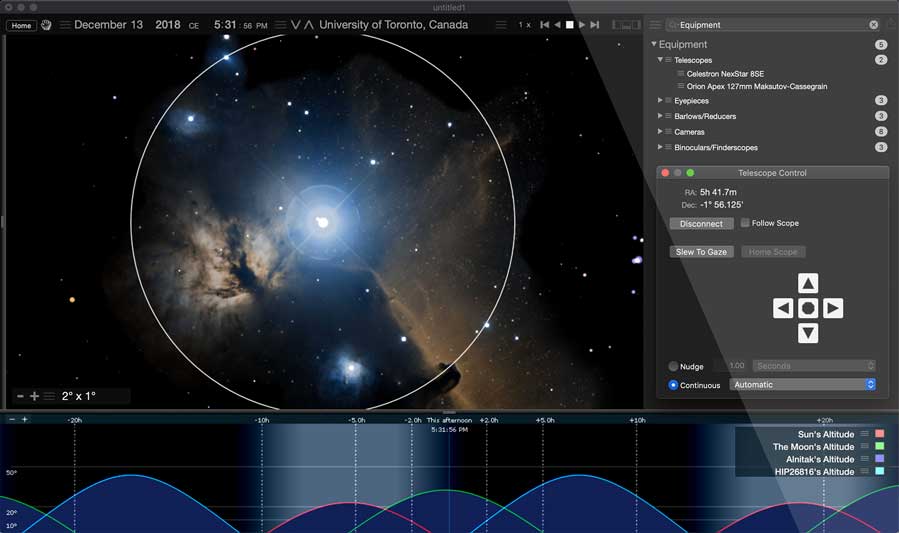System software plays a critical role in shaping the user experience (UX) on digital devices. Here are several ways in which system software can impact the overall user experience:
- Performance:
- Speed and Responsiveness: The efficiency of the system software influences the speed and responsiveness of the device. Well-optimized system software contributes to faster boot times, quicker application launches, and smoother overall performance, enhancing the user’s experience.
- Stability and Reliability:
- System Crashes and Errors: Stable and reliable system software reduces the likelihood of crashes and errors. A system that rarely experiences crashes or unexpected shutdowns contributes to a positive user experience by ensuring continuity and reliability.
- User Interface (UI):
- Aesthetics and Design: System software often provides the foundation for the user interface design. The visual appeal, consistency, and intuitiveness of the UI contribute significantly to how users interact with and perceive the device or application.
- Compatibility:
- Application Support: System software that supports a wide range of applications and hardware devices enhances the user experience. Compatibility issues can frustrate users, so a robust and compatible system fosters a seamless experience across various software and hardware components.
- Security:
- Data Protection: A secure system software environment contributes to a positive user experience by safeguarding sensitive data. Users are more likely to trust and enjoy their digital experience if they feel confident that their information is well-protected from security threats.
- Updates and Maintenance:
- Seamless Updates: System software that provides seamless and automated updates improves the user experience by ensuring that the device is equipped with the latest features, improvements, and security patches without causing disruption.
- Resource Management:
- Optimized Resource Usage: Efficient resource management by system software ensures that the device operates smoothly without excessive resource consumption. This is particularly important for devices with limited resources, such as mobile devices or older hardware.
- User Control and Customization:
- Personalization Options: System software that allows users to customize settings, preferences, and the overall look and feel of their digital environment enhances the user experience by providing a sense of control and personalization.
- Accessibility:
- Inclusive Design: System software that incorporates accessibility features and follows inclusive design principles ensures that a diverse range of users, including those with disabilities, can have a positive and accessible user experience.
- User Support and Help Features:
- Documentation and Support Tools: System software that includes comprehensive documentation, tutorials, and support tools contributes to a positive user experience by helping users troubleshoot issues and learn how to use the device effectively.
- Multitasking and Task Switching:
- Efficient Multitasking: The ability of system software to support smooth multitasking and quick task switching enhances productivity and user satisfaction.
- Energy Efficiency:
- Battery Life: For mobile devices, the efficiency of system software directly impacts battery life. Optimized power management features contribute to longer battery life, positively influencing the user experience.
In summary, the impact of system software on user experience is multifaceted, encompassing aspects of performance, stability, security, design, and user empowerment. A well-designed and well-maintained system software environment contributes significantly to users’ satisfaction and the overall success of digital devices and applications.








